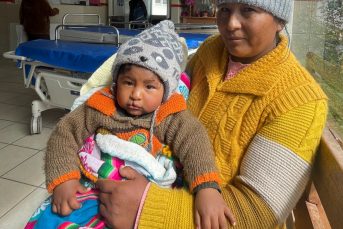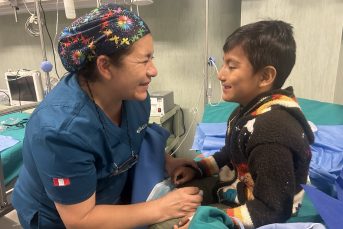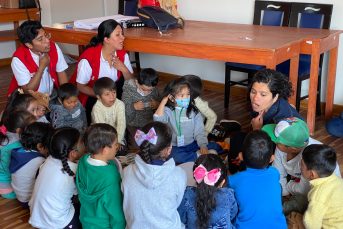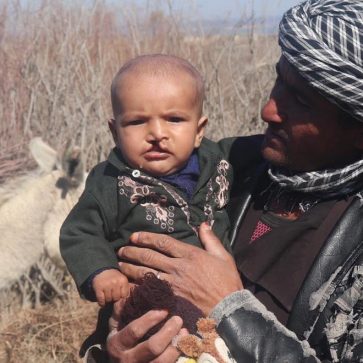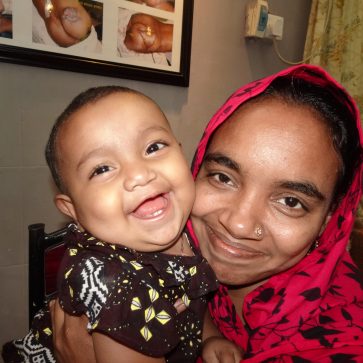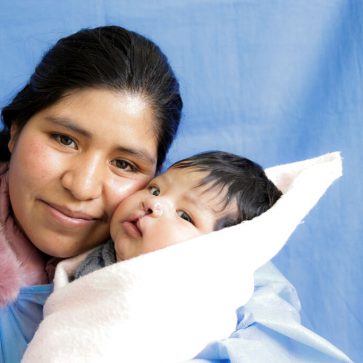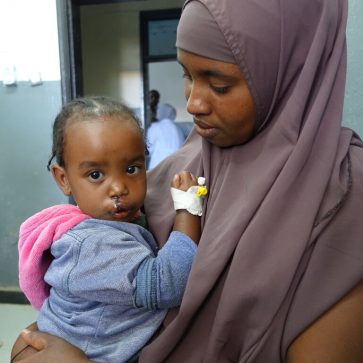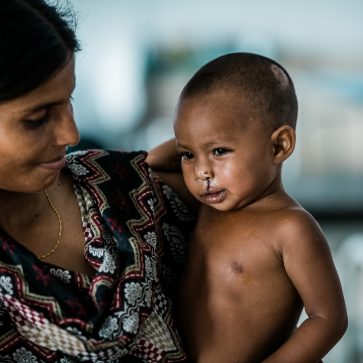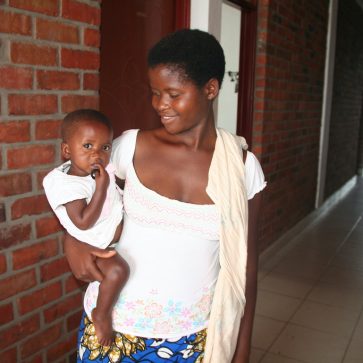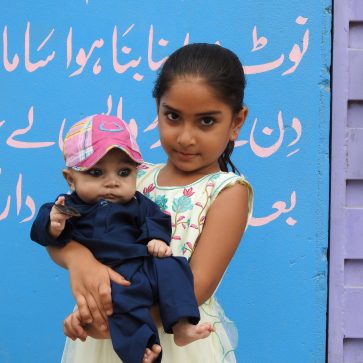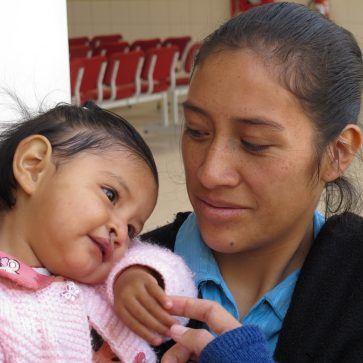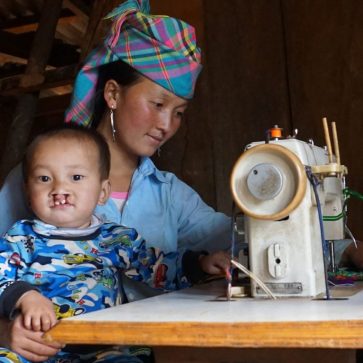We have been helping children with cleft lip and palate in Peru since 2006. Over the years, we have been able to make almost 5,000 operations possible.
Help for cleft children in Peru
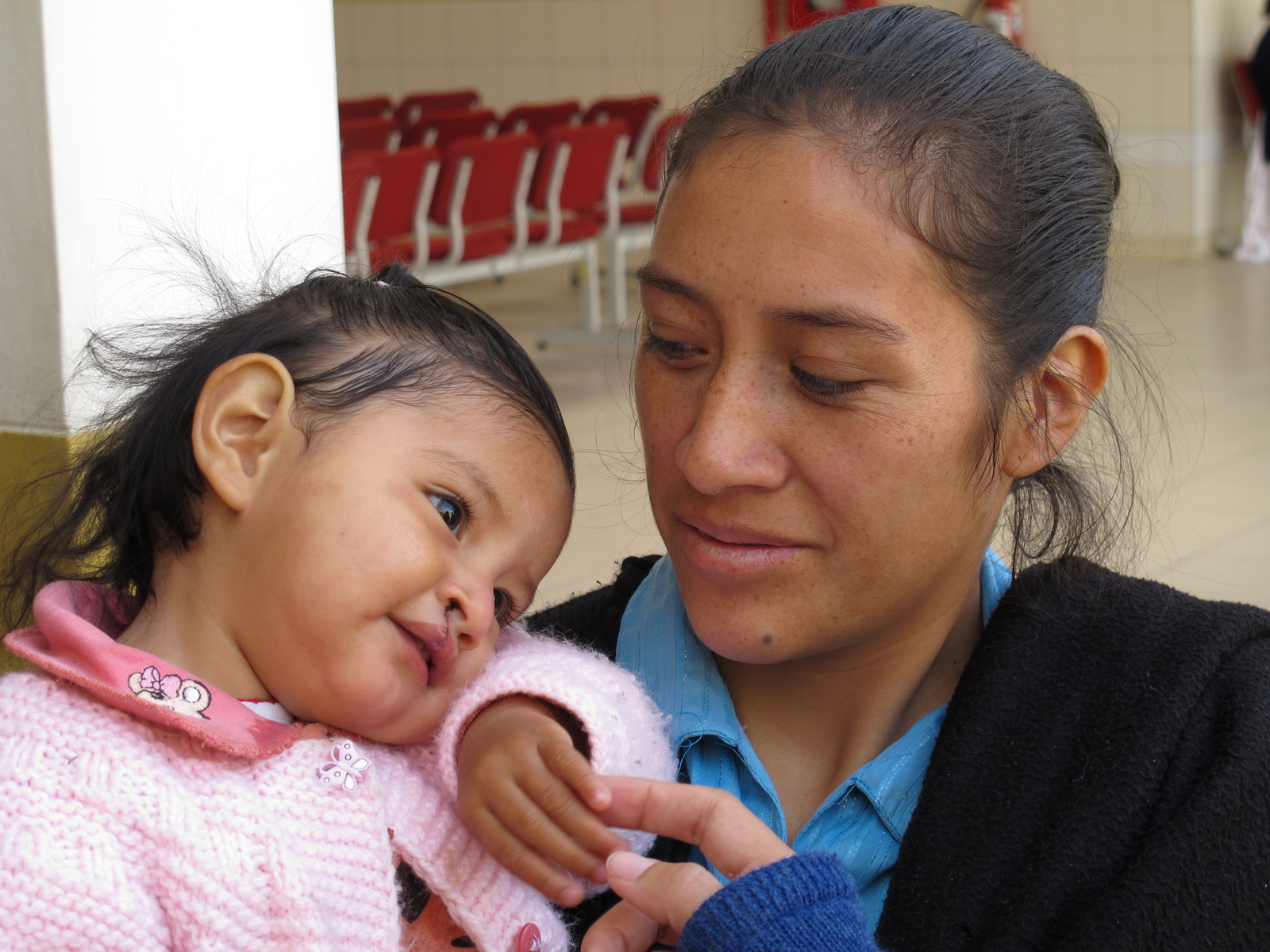 Anghela received her surgery during a mission to Cajamarca in September 2015.
Anghela received her surgery during a mission to Cajamarca in September 2015.Our work in Peru in numbers
Peru is one of our older projects. We have been active in Peru since 2006.
The result of our efforts: 5,015 surgeries provided in Peru 2006-2023.
In 2023, our two teams in Peru provided 132 cleft surgeries.
Deutsche Cleft Kinderhilfe in Peru
We have been active in Peru since 2006. Our aid effort is based out of two permanent project locations: one in the capital Lima and another in the Andean city of Cusco. In addition, surgical missions to the surrounding areas ensure that the children there can also receive qualified cleft treatment with surgery and follow-up therapies.
The Coronavirus pandemic severely impacted our work in recent years and more or less limited us to surgeries in Lima, one of our two permanent locations. A considerable surgical backlog has developed throughout Peru as a result. Some 1,000 children with cleft lip and palate are born in Peru each year. Many children are still waiting for surgery, especially in the remote Andean regions, where little medical care is available. In 2022, hospitals in the surrounding provinces finally allocated capacity for cleft surgery again. Currently, the situation in the country is additionally made difficult by the political situation, which unfortunately also affects our work.
Due to the size of the country and the poor transport infrastructure in the rural regions, it is difficult to reach those affected. Our local partners maintain a large network through which their regular aid missions are communicated to potential patients. Project staff are in direct contact with cleft families to arrange appointments for follow-up treatment after a surgical procedure.
Key areas of our work in Peru
Surgery
Our long-standing partner surgeon Dr. Bardales has always been committed to ensuring that not only cleft children living in his hometown Lima have access to qualified treatment. To this end, he regularly organizes surgical missions to Puno, Cajamarca, Huánuco, Arequipa or other regions where no help would otherwise reach.
Education
Due to the size of the country and the poor transport infrastructure in the rural areas, it is difficult to reach everyone affected. Our local partners use their network to communicate the relief efforts that take place on a regular basis.
Comprehensive cleft therapy
In Lima, we offer our young patients comprehensive support. At Casa Qorito, speech and functional therapy, dentistry and orthodontics are all offered under one roof. A psychotherapist strengthens the children's self-confidence and gives the families support. Casa Qorito offers parents a space for exchange experiences and knowledge among themselves.
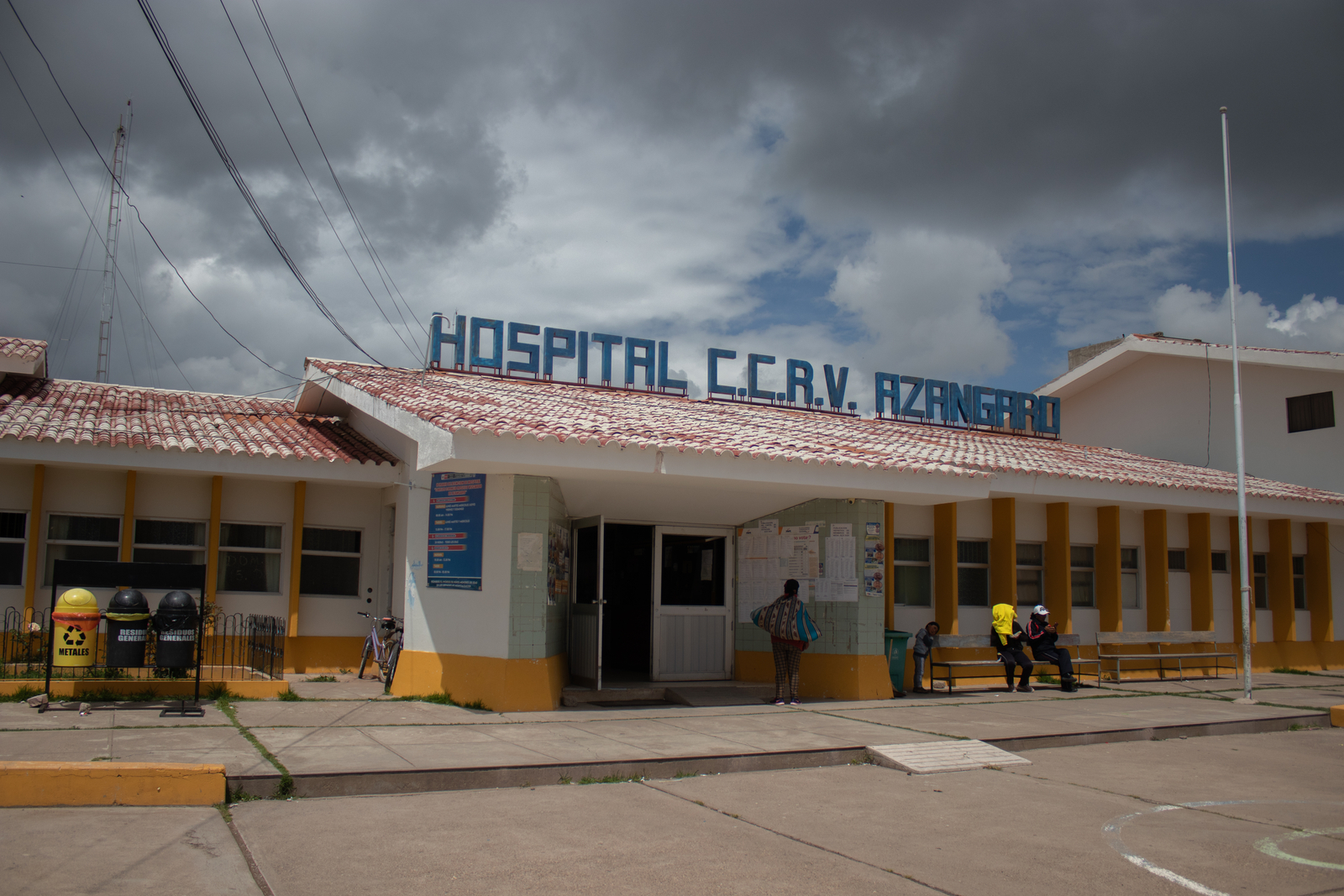 Clinic in Azángaro
Clinic in AzángaroOur partners in Peru
Dr. Alberto Bardales has been part of our work to help children with cleft lip and palate from the very beginning. The aid project was initiated at that time by the German surgeon and DCKH supporter Dr. Ulrike Lamlé, who established the contact to Dr. Bardales.
Dr. Bardales has been operating patients with cleft lip and palate malformations for many years. We take advantage of his great experience in training young surgeons and are happy to use him as a trainer in cleft surgery outside of Peru. In 2006, he founded the Qorito organization in Lima and has been operating cleft patients for us ever since. In May 2018, the "Casa Qorito" was opened: Under one roof, the children here are offered holistic care with speech and functional therapy, dental/orthodontic treatment and psychological treatment. From the beginning, Dr. Bardales has made it his goal to not only help cleft patients from the city, but also to create drop-in centers for cleft children that are accessible to families from the hard-to-reach Andean regions. Dr. Bardales regularly organizes outreach missions, for example to Puno, Cajamarca, Huánuco, Arequipa. He is accompanied on these mission by his interdisciplinary team.
Our project in neighboring Bolivia also benefits from the experience of the Qorito team: Dr. Bardales promotes the exchange of knowledge between the two teams and is himself involved in the training and continuing education of surgical specialists.
At our second project site in Cusco, a city in the Peruvian Andes and once the capital of the Inca Empire, Dr. Mario Cornejo runs a small cleft project. In his private clinic, he operates about 20 to 30 cleft children per year. In addition, he supports our help with his extensive professional network and organizes surgical missions for his colleague Dr. Bardales in his hometown of Cusco.
Sylvia Lüdtke-Haas manages the project on behalf of Deutsche Cleft Kinderhilfe.
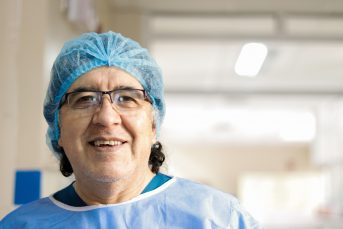 Dr. Alberto Bardales im Portrait. Vom 7.4.-10.4. wurden 18 primary cases operiert und eine komplexe Korrektur-OP eines bereits (schlecht) operierten Patienten vorgenommen. Dr. Gonzalo aus Bolivien war zu Trainingszwecken dabei und Lucho hat Fotos gemacht.
Dr. Alberto Bardales im Portrait. Vom 7.4.-10.4. wurden 18 primary cases operiert und eine komplexe Korrektur-OP eines bereits (schlecht) operierten Patienten vorgenommen. Dr. Gonzalo aus Bolivien war zu Trainingszwecken dabei und Lucho hat Fotos gemacht.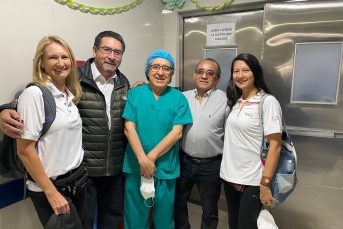 Unser Peru-Team: Sylvia Lüdtke-Haas, Dr. Mario Cornejo, Dr. Alberto Bardales, Direktor des Krankenhauses in Cusco, Stefanie Huter (v. links nach rechts)
Unser Peru-Team: Sylvia Lüdtke-Haas, Dr. Mario Cornejo, Dr. Alberto Bardales, Direktor des Krankenhauses in Cusco, Stefanie Huter (v. links nach rechts)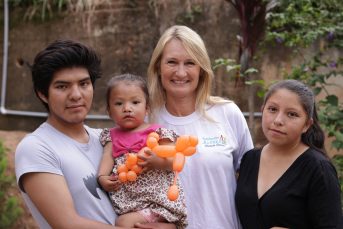 Sylvia Lüdtke-Haas beim Projektbesuch in Peru
Sylvia Lüdtke-Haas beim Projektbesuch in PeruImpressions from our work in Peru
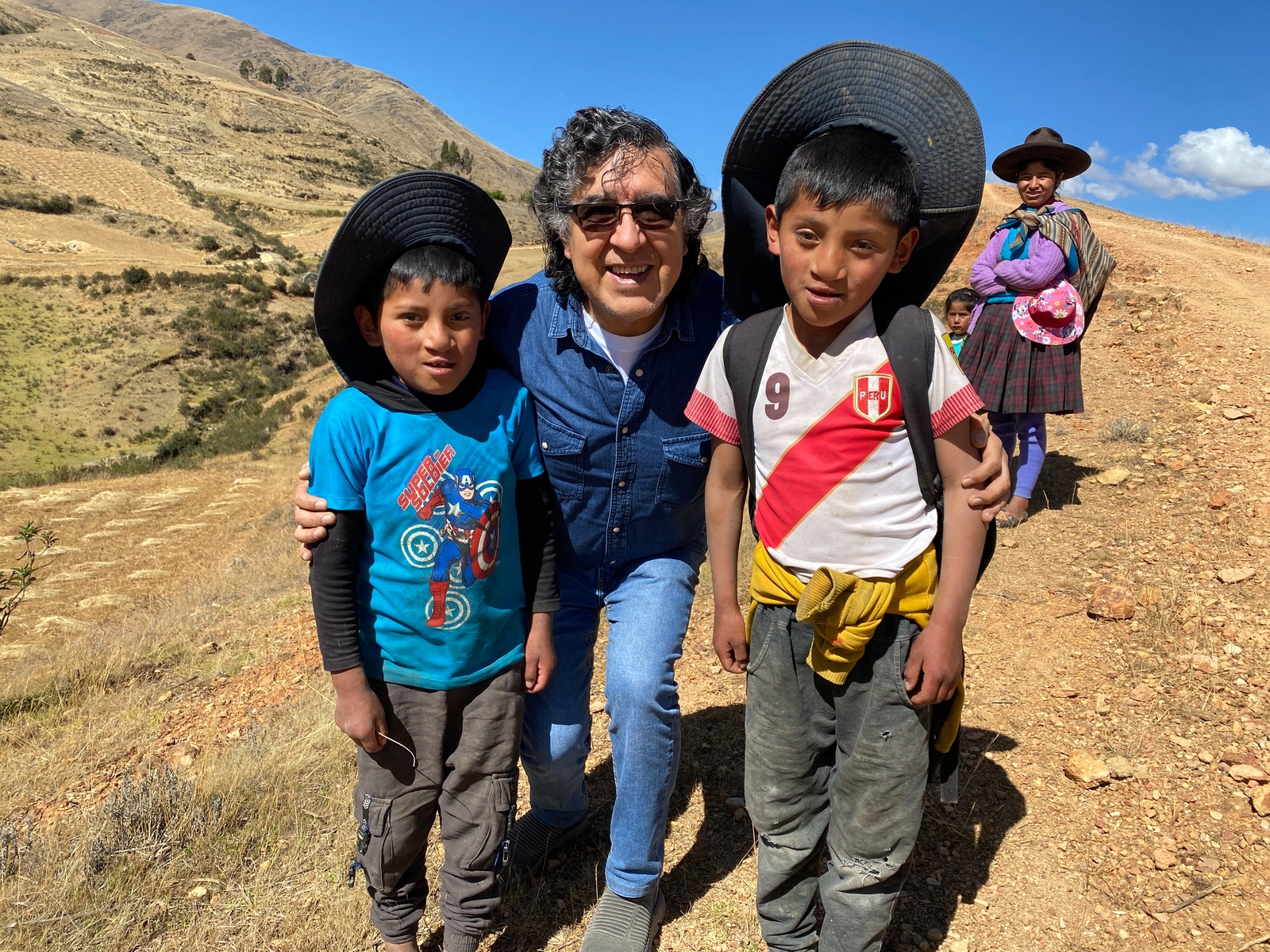
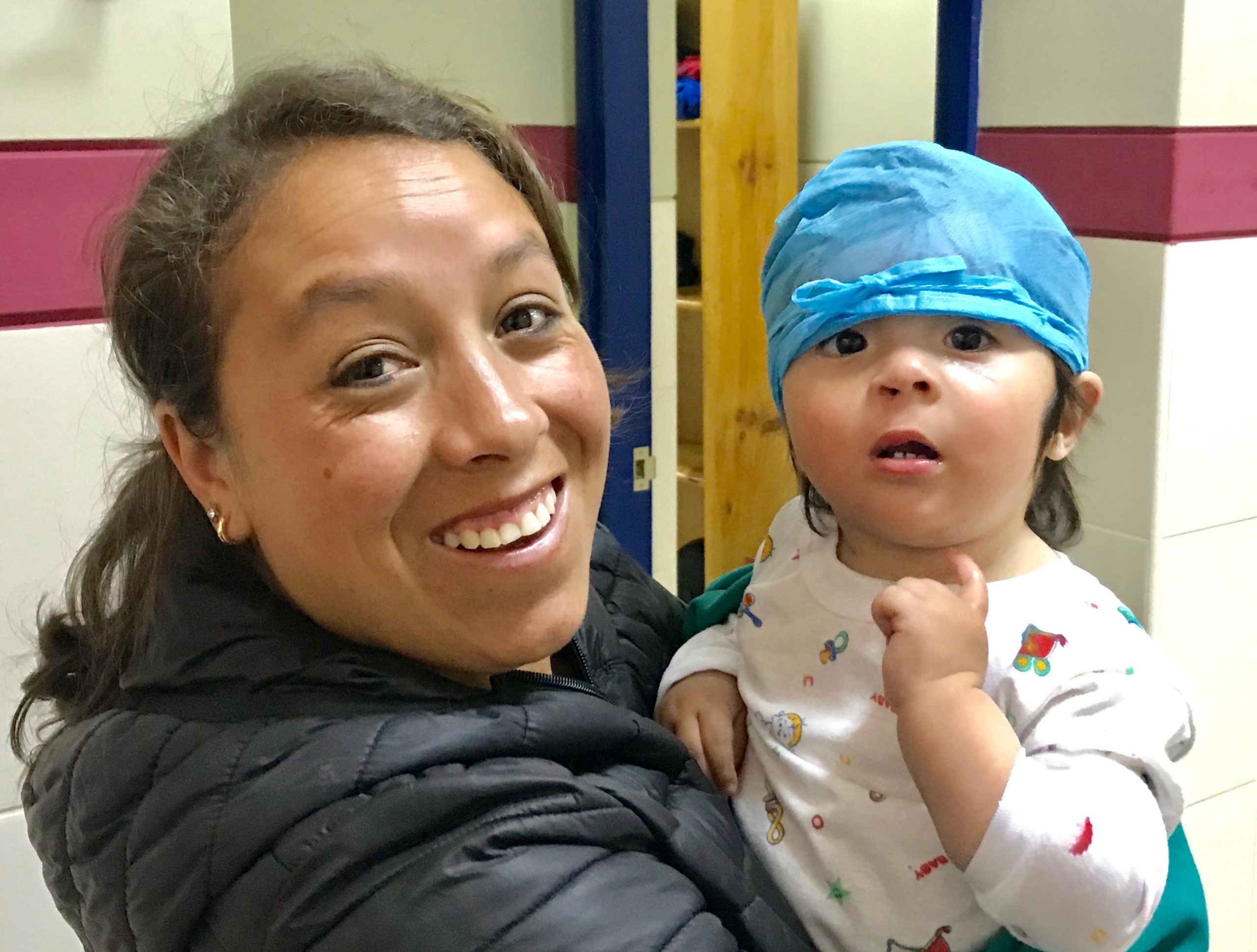

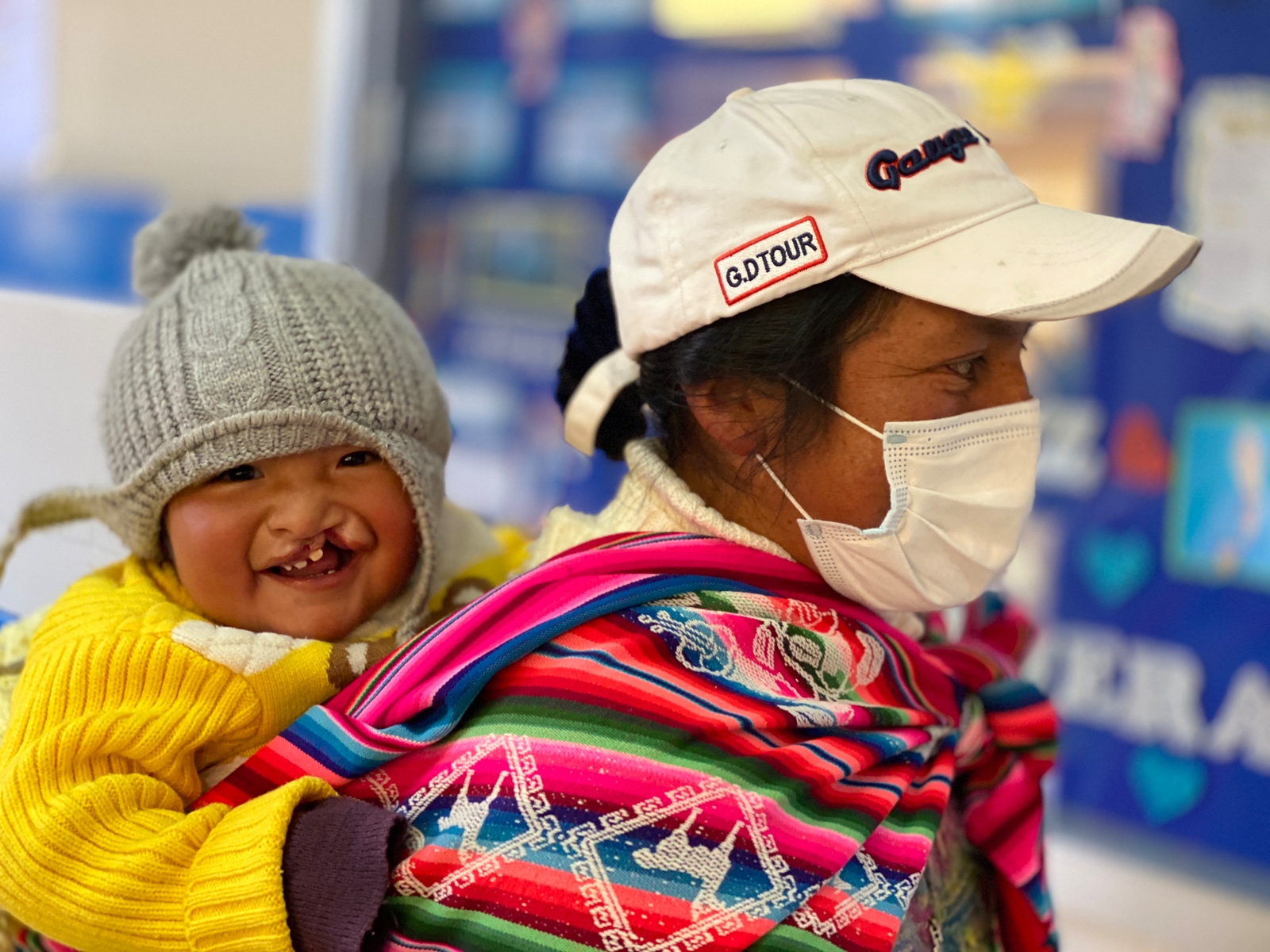
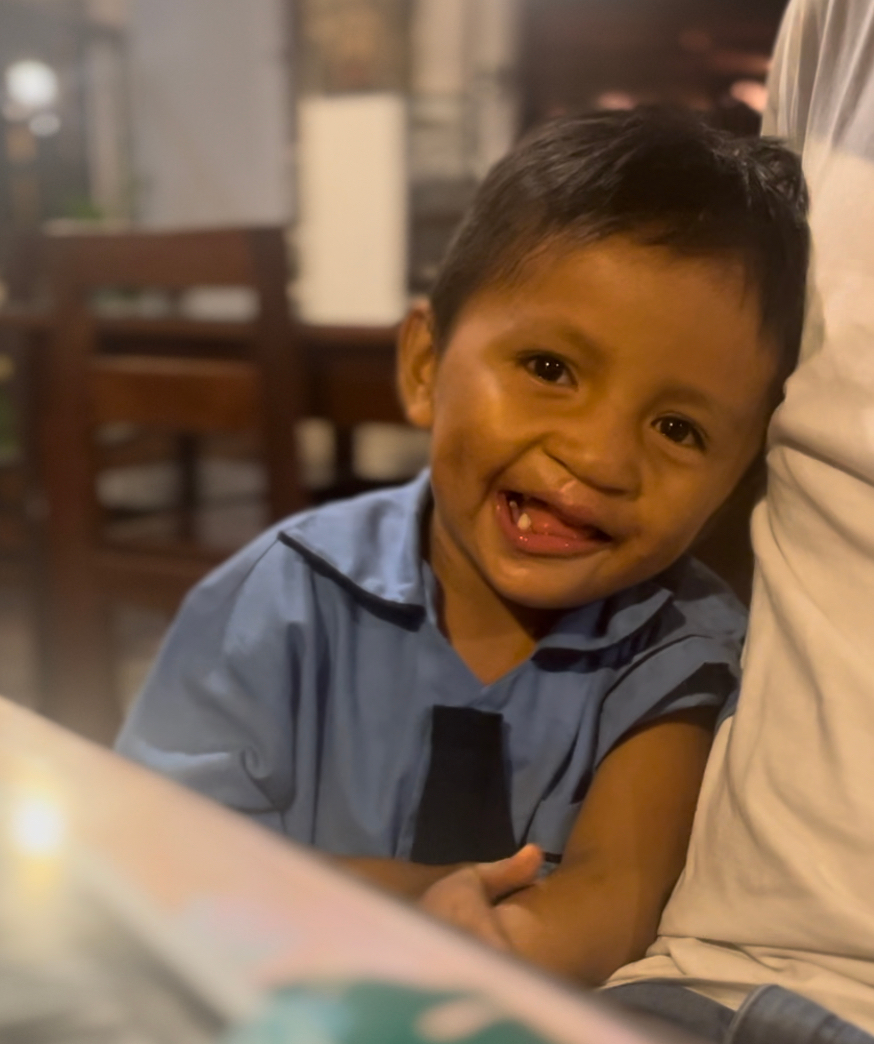

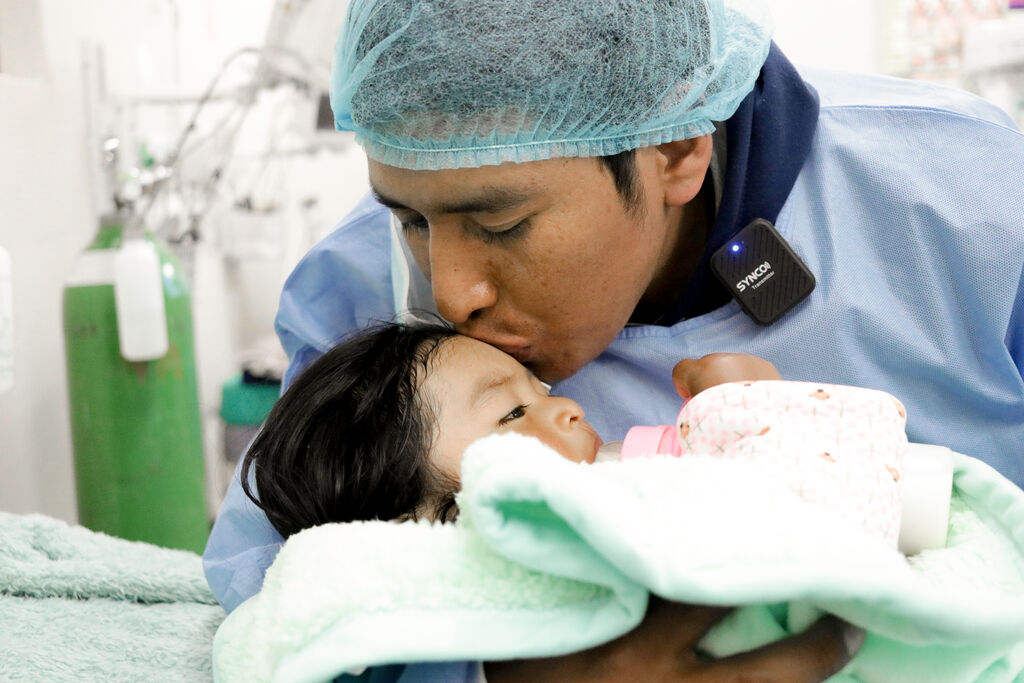
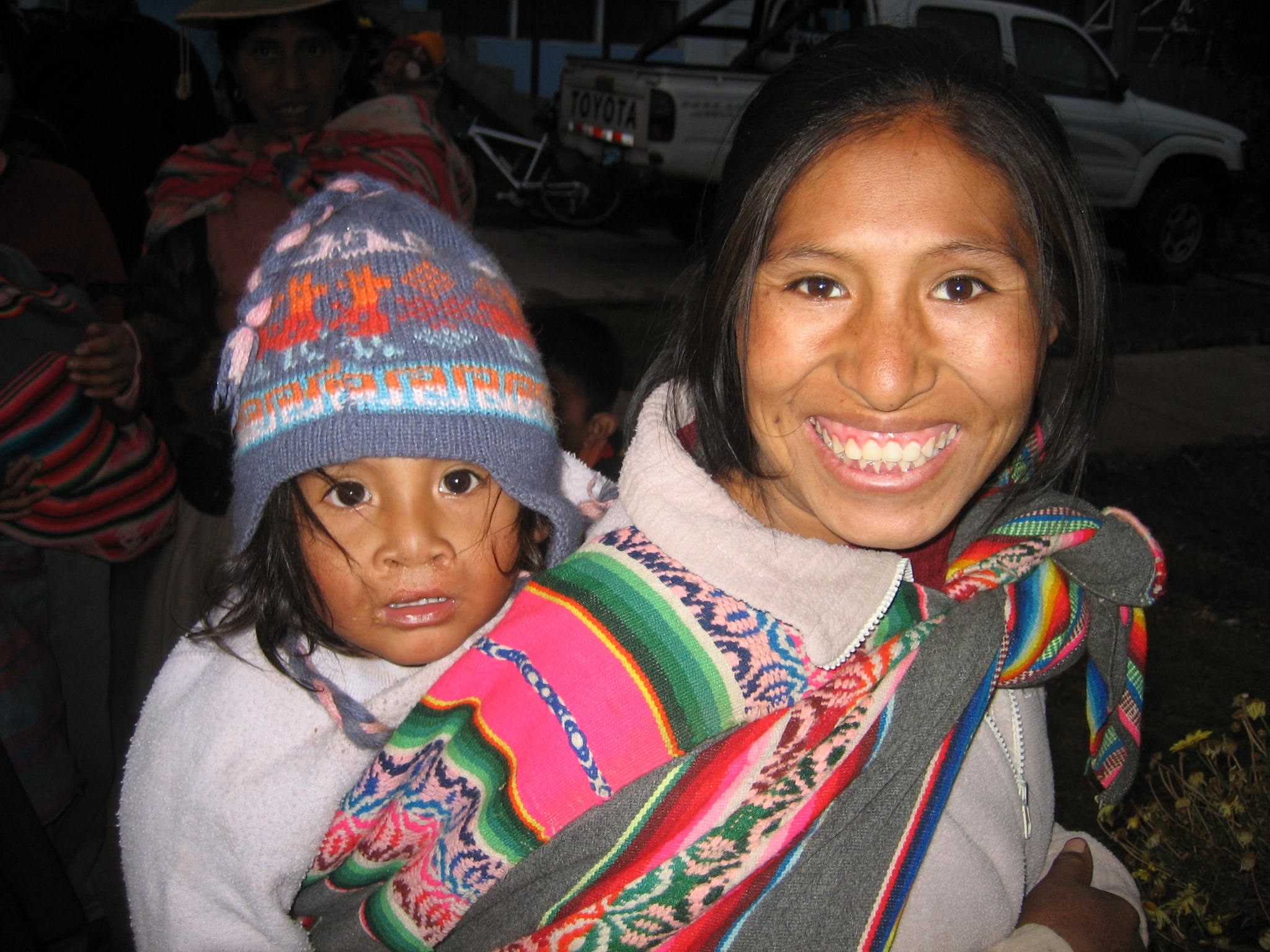
Country profile Peru
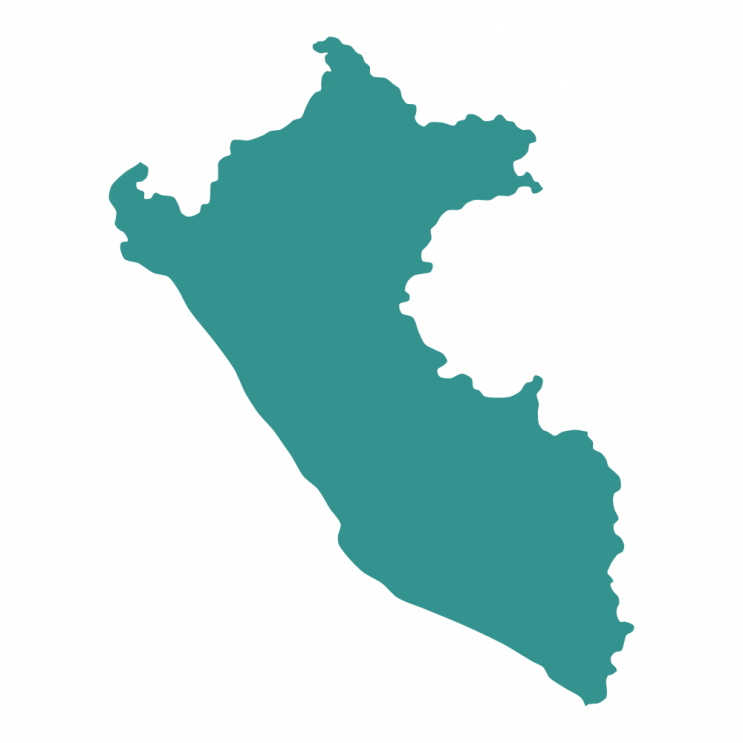
Peru is located in the west of South America. The country borders Ecuador, Colombia, Brazil, Bolivia and Chile. In the west lies the Pacific Ocean. The Andes Mountains run from north to south.
Peru has seen a welcome decline in poverty in recent years, thanks to steady economic growth. However, there are strong regional inequalities in the country. As in Bolivia, poverty is particularly pronounced in the rural regions of the Andean highlands and especially among the indigenous population.
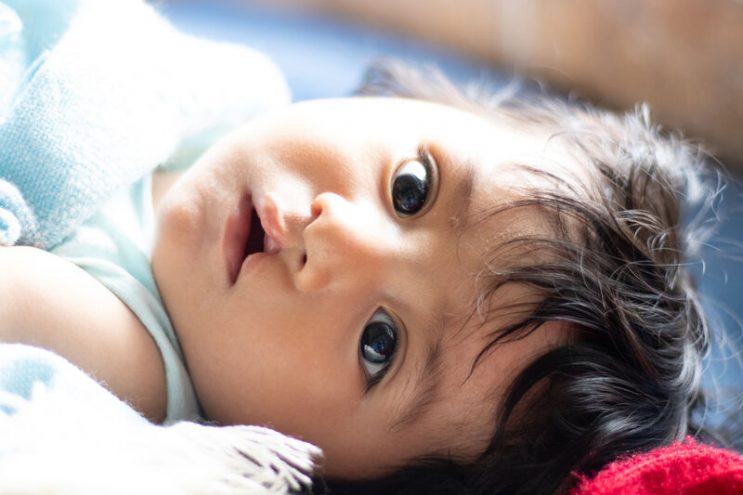
A new life for a child
The surgery is a key turning point in the life of a child with cleft. With your donation, you help change a child's life for the better.
Any amount helps.
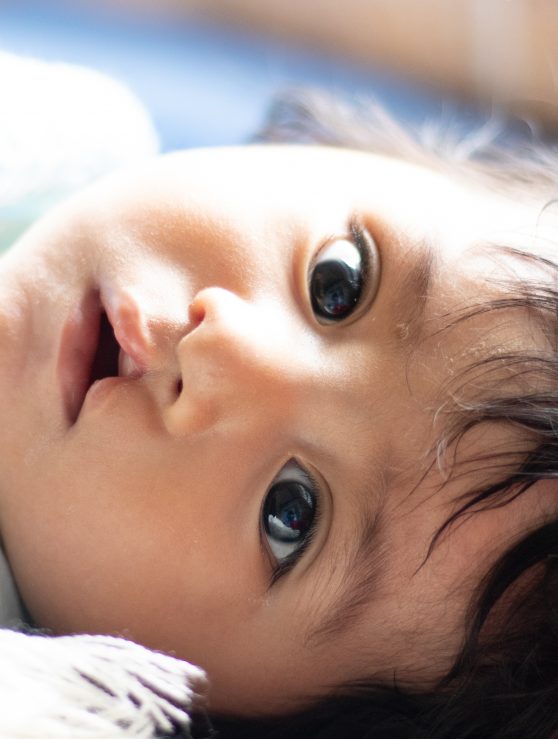
A new life for a child
The surgery is a key turning point in the life of a child with cleft. With your donation, you help changing a child's life for the better.
Any amount helps.

